Bees, Birds and Butterflies
Your options in plants that will attract these lovely creatures into your surroundings is almost endless. Your biggest challenge may be to end up with types that will fit into your overall garden design and, at the same time, be great hosts to these beautiful visitors. If all the cogs on the gears mesh together in harmony, this wildlife garden will become a joy to behold.
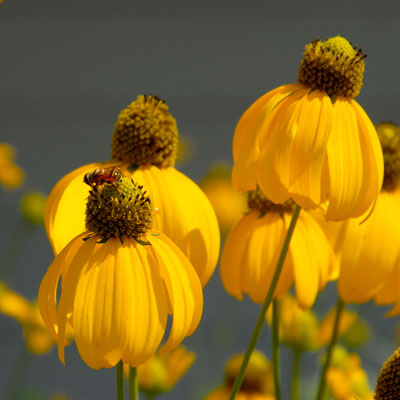
Coneflower
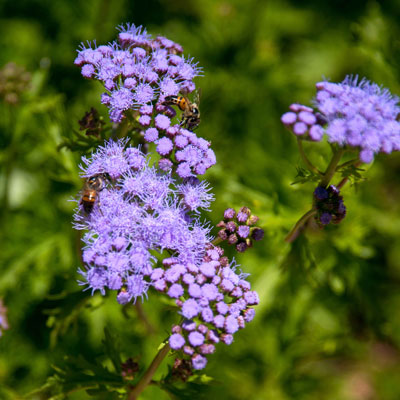
Gregg’s mistflower
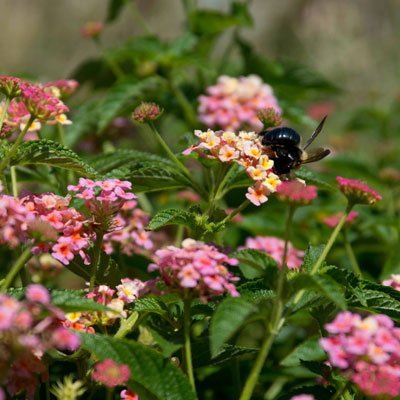
Lantana
• Bees are pollinators, so you’ll see them actively working fragrant, nectarous plants with tubular flowers. Native flowering plants are especially desirable where they are available, including many of our early summer wildflowers such as gaillardias, monardas and coneflowers. Old heirloom varieties of annuals typically have more pollen and nectar than the modern hybrids, although you can certainly include a good mixture of all.
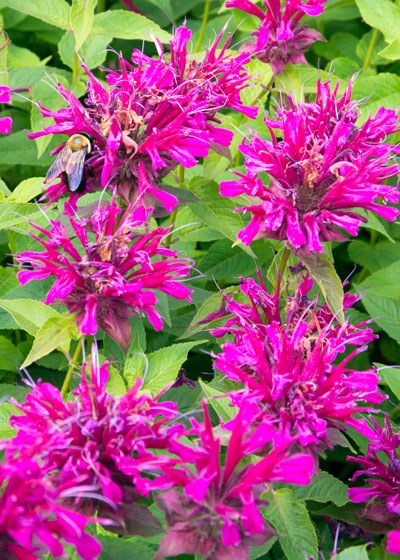
Monarda (bee balm)
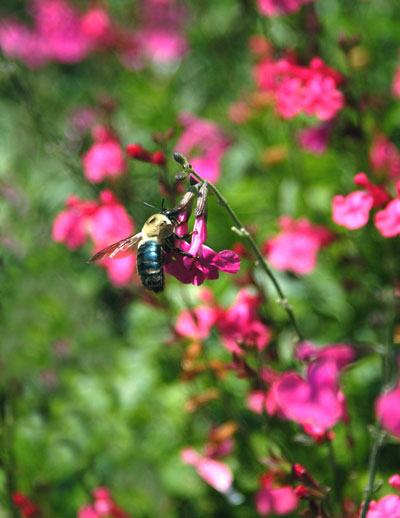
Salvia greggii
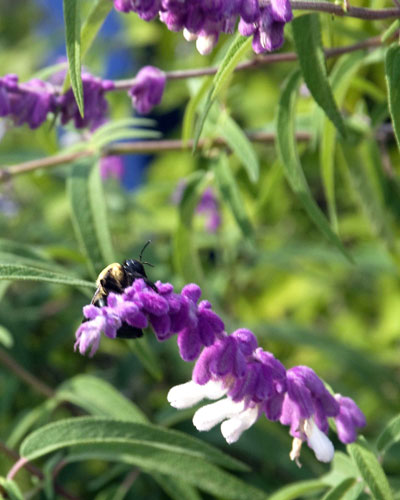
Salvia leucantha
Some of the best (and the list is huge) of the bee-friendly plants include lantanas, verbenas, sunflowers, salvias of all kinds, bee balm (monardas), fall asters, rosemary, vitex, crape myrtles and gloriosa daisies. (I know I’ve left out dozens of others.) Probably the good rule of thumb is that if it produces showy flowers, it’s probably going to be a great plant for bees. And as you are maintaining your gardens, be especially careful in using inorganic and even organic insecticides that could reduce or eliminate your bee populations.
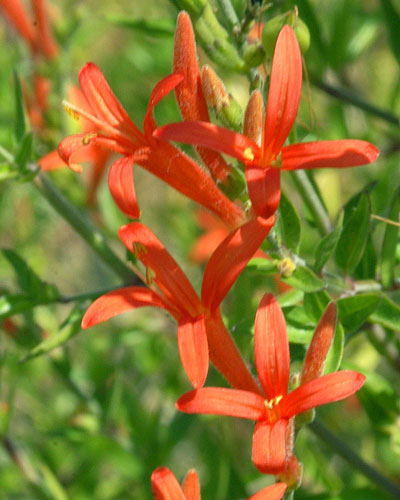
Flame Anisacanthus
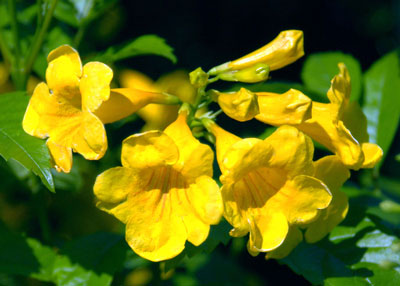
Gold Star Esperanza
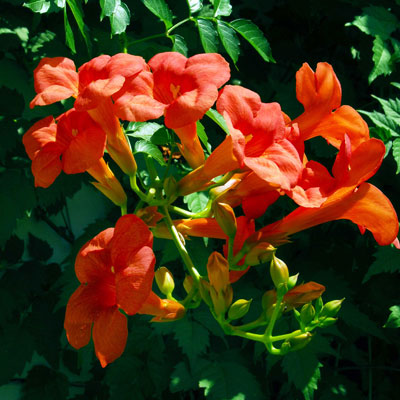
Madame Galen trumpetcreeper
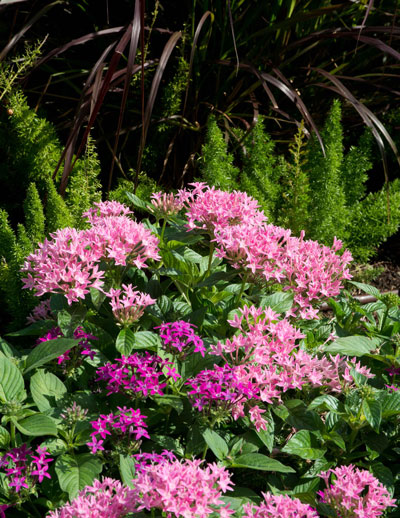
Pentas, purple fountaingrass
• Hummingbirds seek nectar from deeply throated, tubular flowers. Madame Galen trumpetcreeper is an outstanding example. Gold Star Esperanza, flame anisacanthus, pentas and the many wonderful salvias also rank high. Turk’s cap (a hibiscus relative) bears bright red flowers, and it drives hummingbirds wild. So will cypress vines, morning glories, monardas, pentas, cupheas, firebush and even hostas.
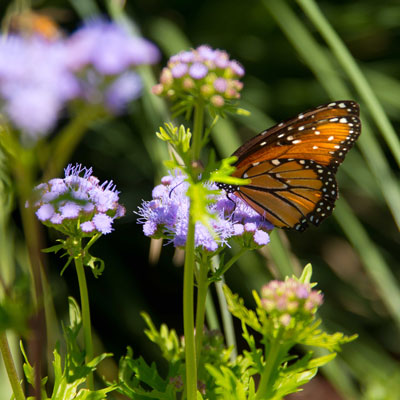
Greggs mistflower

Vitex
• Butterflies also seek nectar, and the best butterfly gardens will feature vitex, lantanas, pentas, Mexican sunflowers, cosmos, firebush, hibiscus, summer phlox, butterfly weed, milkweed and other asclepiads, Gregg’s mistflower, pride of Barbados, Mexican petunias, coneflowers, spider flowers and verbenas. Some plants are critical food sources, including wild milkweed for Monarchs, parsley and dill for Black Swallowtails and passionvines for Gulf Frittilaries.
That’s enough to get you started. Best suggestion of all: Take a child and get to a well-supplied nursery today. Take a moment to look through their flowers. Odds are you’ll find bees and butterflies, and maybe even a few hummingbirds to boot, right there working their plants. That’s the best proof of all.
